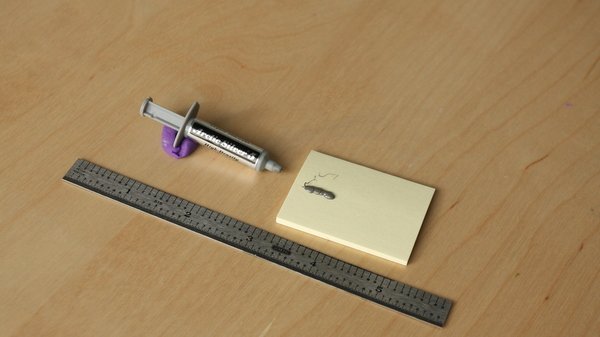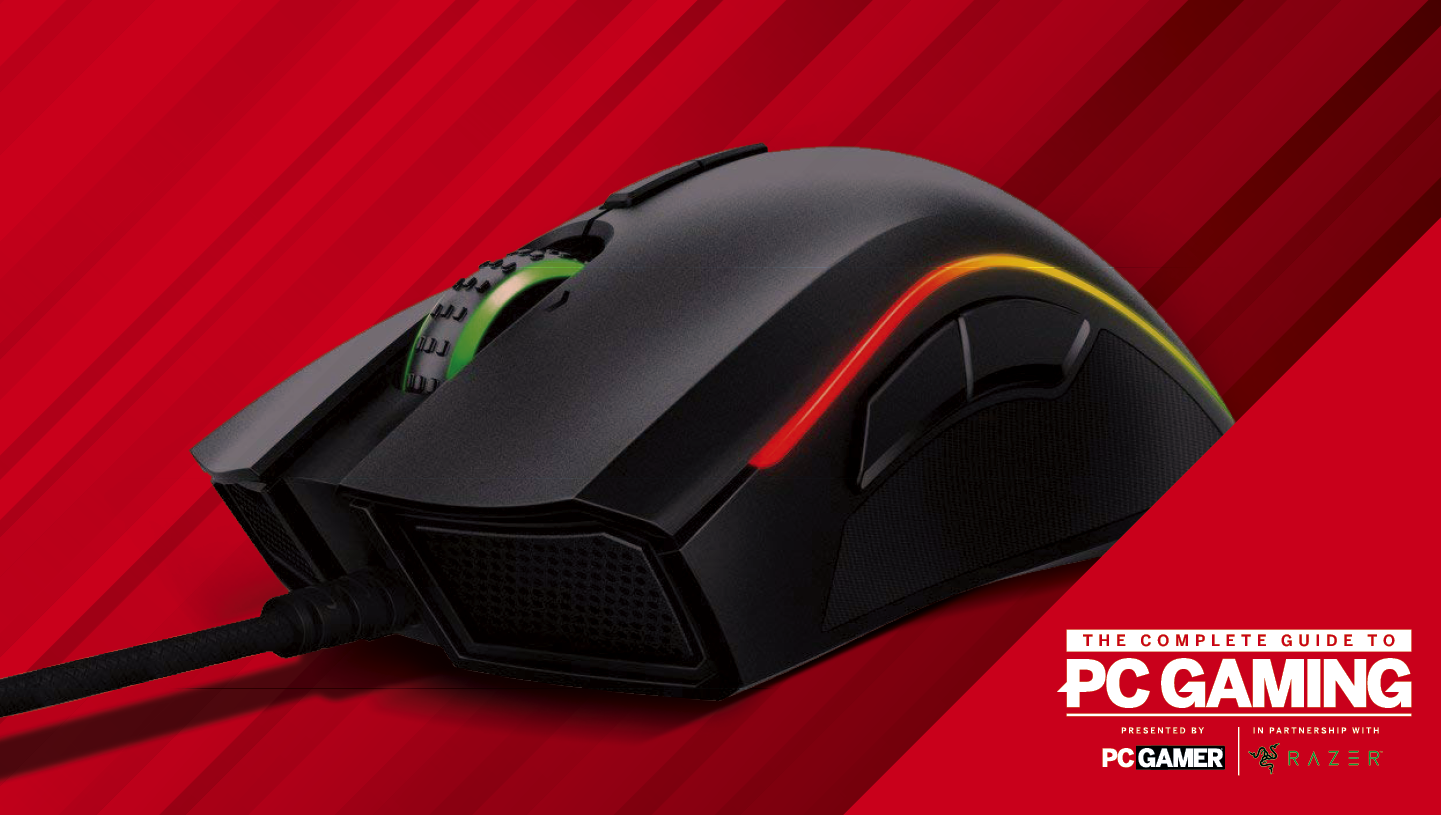Does the kind of thermal paste you use matter?
What you need to know before installing a new CPU cooler.

Let’s say your computer has been running unusually hot after a few years—or you’re building a custom machine and plan to overclock it regularly. In either case, you’ll want to think about replacing your computer’s thermal paste. Also referred to as thermal gel or thermal grease, thermal paste is a type of Thermal Interface Material (TIM), which are compounds that transfer heat from sources (like CPUs and GPUs) to heat sinks. Crucially, thermal paste is different from thermal adhesive in that it has no bonding properties; Instead, it’s designed to expand and fill the space between heat source and heat sink to more effectively siphon heat from your processor.

PC Gamer is going back to the basics with a series of guides, how-tos, and deep dives into PC gaming's core concepts that we're calling The Complete Guide to PC Gaming. There's much more to come, and it's all being made possible by Razer, which stepped up to support this months-long project. Thanks, Razer!
The big question is, does the type of thermal paste you use matter? Short answer, yes. Thermal pastes vary in composition, cooling effectiveness, viscosity and price, so you’ll want to determine what kind of machine you’re building and how desperately you want to shave off a few more degrees. The good news is that most pastes will serve just fine for most users, and there are perennial favorites if you’re looking for easy answers. If you've taken your machine into a shop and letting them apply the paste, they’ll have a selection on hand and choose their favorites—but if you’re opting to do the dirty work yourself (perhaps with the help of online guides, if you’re new), there are plenty of options—and most of them are reliable standbys that haven’t changed in years.
In general, there are two types of pastes: Those that conduct electricity, and those that don’t. The former typically have metal components like Arctic Silver 5 (which contains microscopic silver bits) and conduct heat better, but their electrical conductivity can damage components if they accidentally get squirted in the wrong areas. Ceramic- and carbon-based pastes, on the other hand, aren’t electrically conductive and are safer (and easier) for newcomers looking to apply it themselves. Yet they don’t transfer heat as well, leaving your CPUs a few degrees hotter—which likely won’t matter unless you’re either running a serious performance machine or using your computer in a hot environment.
For anyone who isn’t severely overclocking their computer and keeping it in a climate-controlled room, most thermal pastes work fine. Cost matters, of course, but with prices ranging from around $15 for expensive liquid metal TIMs to $2 for generic paste, none will break your bank even if you replace it every year, as some computer builders prefer to do. (This varies depending on who you ask, as most compounds can last for years without needing to be replaced.)
Ask a forum of enthusiasts which paste to buy, however, and they’ll quickly form ranks around their favorites, as the lineup hasn’t changed much in the last few years. Arctic Silver 5 is the longstanding metal paste favorite, though it takes significantly longer to set (up to 200 hours and several thermal cycles). Of the non-conductive pastes, Ceramic-based Noctua NT-H1 and Tuniq TX-4 pastes are regular and affordable options, while the carbon-based Arctic MX-4 is known to be easy to apply.
There is another type of paste that belongs in a category of its own: the aforementioned liquid metal compounds. These, like CoolLaboratory Liquid Ultra or the newer Thermal Grizzly Conductonaut, regularly outperform other pastes by a serious margin of eight to ten degrees Celsius, in some tests, giving users more leeway to overclock their computers. The catch, of course, is their electrically-conductive metal makeup could seriously damage components if they’re accidentally splashed around your machine’s innards. They also corrode aluminum surfaces, so don’t use them with such heat sinks. Lastly, they’re messy to apply and remove.
Your build matters, too. If your components are much closer together—say, if you have a laptop—it’s probably wiser to choose a non-conductive paste, unless you’re really confident in your application skills. You might want to opt for a higher-efficiency paste if you haven’t swapped out your stock cooling system (typically a meager air-cooling fan) for a more powerful setup. Conversely, if you’ve got a hefty liquid-cooled heat sink, you won’t need to go the hassle of applying liquid metal TIM unless you’re setting up for high performance.
The biggest gaming news, reviews and hardware deals
Keep up to date with the most important stories and the best deals, as picked by the PC Gamer team.
There have been other odd variations on the TIM front, too, like the Indigo Xtreme, billed as a ‘phase change alloy.’ In other words, it’s not technically a paste: When it’s placed on the CPU, it melts from the heat and spreads evenly across the processor, essentially forming a layer of metal that theoretically conducts heat better than paste. But irregularly-shaped motherboards and other factors make applying the Indigo Xtreme potentially fraught, as this application guide points out.
If your computer has been getting too hot and automatically throttles itself to cool down, it might be time to change your thermal paste. But before you go shopping, clean out the inside of your machine with compressed air to clear out dust, especially around externally-facing vents. This could be enough to bring your computer’s internal temps back to reasonable levels. If that’s not enough, examine how the previous layer of paste was laid in, as misapplied compound (too much, too little or if there are air bubbles) can reduce how much heat is bridging over to your cooling system. If your machine is still overheating, and you want to dive in to apply new paste yourself, relax: there are plenty of guides to show you the ropes on how best to get the job done yourself.

